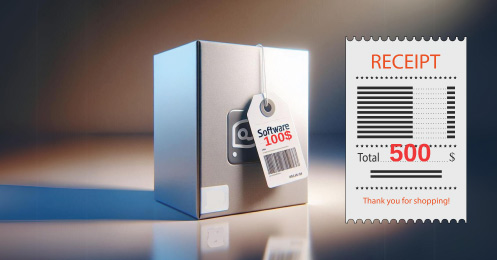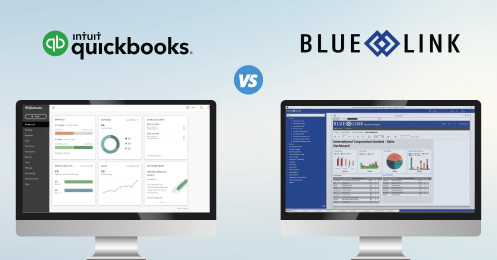Apparel inventory software is designed to streamline and manage all processes of an apparel wholesale/distribution business. The nature of the apparel industry requires specific functionality for managing inventory items that come in multiple variations - such as, color, style and size.
To accommodate these unique inventory needs, the right software includes apparel inventory management features for easy product generation and an order entry and purchasing matrix. In order to manage all other aspects of the company, apparel inventory software will also include full inventory management and accounting functionality, contact management, warehouse management and eCommerce integration. With all processes accounted for in the same system, users can quickly access quantity and pricing information while creating sales orders and efficiently reorder product when necessary.
Product Generation
In the apparel industry, users frequently need to create dozens of variations of a product in addition to inputting product descriptions, categories, pricing and other production information into their system. A system that can handle product generation allows users to define a base part number (for example style) with variations in the product ID to account for elements such as size and color.
This eliminates the need to replicate the above information manually across dozens of variations, which is a time-consuming an error-prone task. In the apparel industry it is common for products of the same style to come in varied colors and sizes, making management of these SKUs a nightmare. For example, a style that comes in 6 colors and 10 sizes generates 60 separate SKUs - a product generation tool creates all 60 in one pass as opposed to having to manually set them up one at a time.
Transformation Purchase Orders
Apparel Inventory Software enables seamless management of product transformation. Let’s use the example of an apparel company that sells promotional items. Initially, these items are stored at the wholesaler’s warehouse, without any branding. When a sales order is received, it will require custom branding.
The wholesaler will send the unbranded items to a third-party vendor to get branded and will subsequently receive them back at the warehouse.
A robust apparel inventory software system automatically generates a purchase order for the third-party vendor, streamlining the order process. The new, branded products are treated as new distinct items within the apparel inventory software and are assigned new SKU numbers to ensure proper identification and tracking.
The apparel inventory software efficiently handles this entire process and accurately records transformation costs in real time.
Managing Dye Lots
The right apparel inventory software for a distribution business will also include functionality for Lot Tracking and Landed Cost Tracking.
Lot tracking enables the business to track all product down to the smallest sellable unit. It tracks the manufacturer or supplier it came from to who it was sold to. This gives the distributor information into who received specific lots or batches or product which comes handy when tracking dye lots. Dye lots indicate the textiles that received their coloration at the same time.
Apparel Matrix
Apparel matrix functionality is a significant feature of apparel inventory software that makes it easy to organize multiple product SKUs that differ only by size, colour or style for transaction entry and display. An apparel matrix allows order entry and purchasing staff to enter quantities in a matrix format of color/size/style (see video below), and also to review product availability in this format. This replicates the way people in the apparel industry think of product lines, making it not only a huge time saver but also more intuitive.
Software Integrations
Apparel inventory software include all-in-one functionality which means it has the ability to integrate with other areas of the business to avoid double entry, human error and inefficient processes. eCommerce integration is one that is vital to an apparel wholesaler.
With online apparel sales reaching heights never seen before and no signs of it slowing down, wholesalers should be integrating their webstore to their backend software to create the most seamless experience for sales people and customers.
B2B companies can offer a B2B online order portal for their customers while B2C companies have the flexibility to seamlessly incorporate their apparel inventory software into platforms like Shopify.
This post is number three is a series of posts discussing commonly misunderstood ERP software terms.










